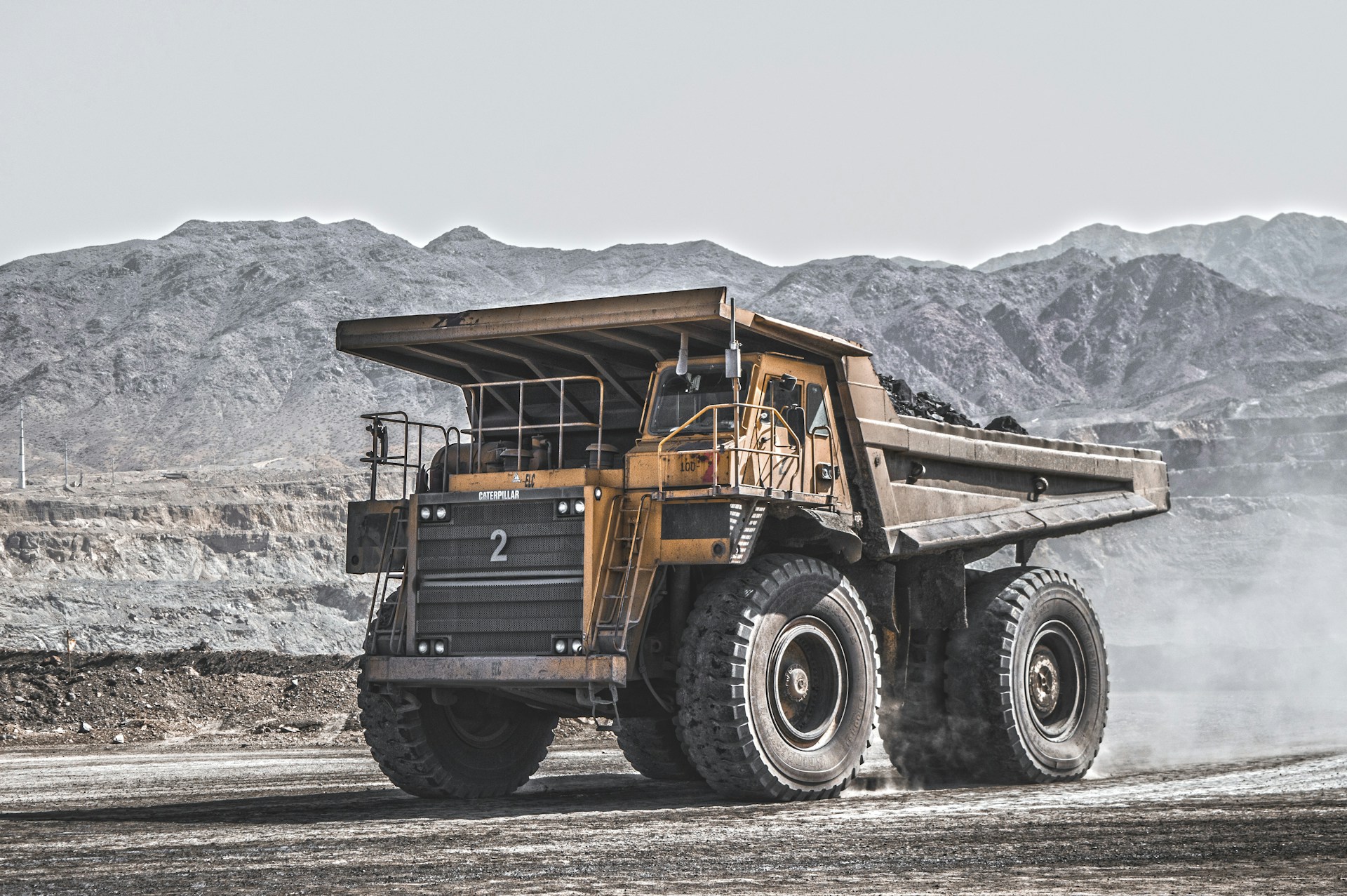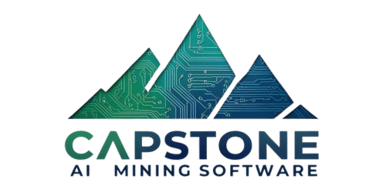AI Insight Models
Powerful AI Models Delivering Forecasts, Failure Predictions, and Actionable Insights to Optimize Your Operations.
Production Forecasting Model
This model predicts future production based on historical data. It analyzes trends, seasonality, and shifts in equipment utilization using machine learning techniques like time-series forecasting and regression models. By understanding past production patterns, the system can forecast future output with high accuracy.


Equipment Failure Prediction Model
The model uses real-time sensor data from equipment and historical failure data to predict potential breakdowns. By applying machine learning algorithms such as logistic regression and decision trees, the system can identify early signs of failure, helping with predictive maintenance.
This model uses historical safety data, environmental conditions, and equipment status to predict safety incidents. It employs classification algorithms to assess the likelihood of incidents happening in the next period. The prediction takes into account factors such as machinery type, worker behavior, and environmental conditions.
Safety Incident Prediction Model




Energy Consumption Optimization Model
By analyzing energy consumption data across different parts of the mining operation, this model identifies inefficiencies and recommends ways to optimize usage. The model uses optimization algorithms, such as clustering techniques (e.g., K-means), to analyze patterns in energy consumption and provide suggestions for reduction.


Workforce Productivity Model
This model examines employee performance data, including absenteeism, training, and time spent on tasks, to predict productivity levels. Using machine learning classification models, it identifies patterns and predicts when productivity might dip. By cross-referencing this data with production output, the system helps optimize workforce allocation.
The model analyzes financial data, including costs related to equipment, labor, and materials, to understand cost inflations and areas for savings. By using regression or Monte Carlo simulations, it predicts future costs and provides optimization insights for better financial management.
Cost Analysis and Optimization Model




Supply Chain Optimization Model
Analyzing data on suppliers, inventory, and logistics, this model uses optimization algorithms like linear programming to streamline the mine's supply chain. The system suggests ways to reduce costs, optimize material flow, and ensure that operations are adequately stocked without overstocking.


Risk Management Model
This model analyzes data on environmental, equipment, and safety risks to assess potential threats to the mining operation. By using risk analysis techniques like Monte Carlo simulations, the model forecasts the impact and probability of different risk scenarios. The system then provides mitigation strategies.
This model uses employee chat data to track engagement with SOPs and training materials. By monitoring the frequency and type of questions, as well as the time spent on content, you can assess employee interest and identify areas that may need further clarification. Frequent queries about specific SOPs or training sessions can indicate either high interest or a need for more detailed information.
Employee Engagement Tracking Model





Better Insights, Better Returns.
Transform Data into Actionable Insights for Optimized Performance and Growth
Capstone AI
AI-driven solutions for mining operations and analytics.
get in touch
© 2025. All rights reserved.
Menu
Site Information
